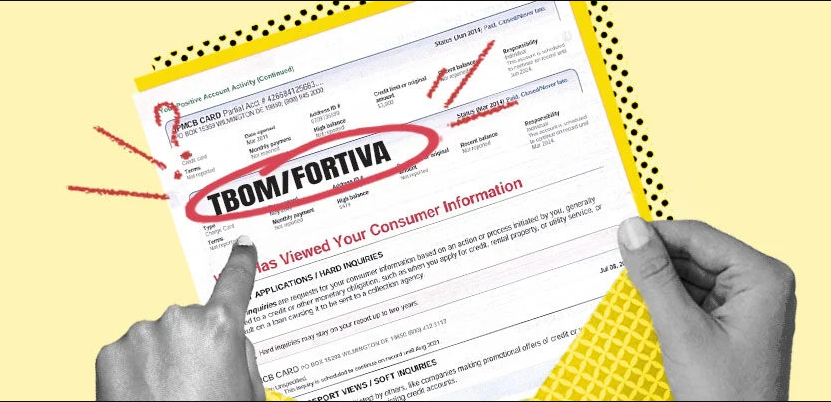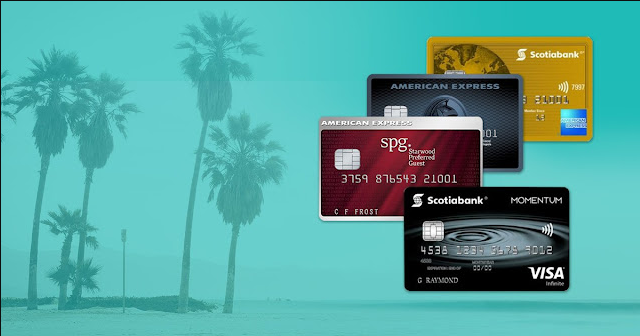FICO Score vs. Credit Score
What’s the difference between a credit score and a FICO® score?
FICO® scores and credit scores can be the same thing but FICO® also makes different products, and other companies make credit scores. You might think of credit score as a generic name for a computer model that analyzes users’ credit reports to determine the score. A specific brand of FICO® credit score offers FICO® scores that many lenders use when determining the credentials of credit applicants. But some lenders choose to build their own scoring models or use competitors’ credit scores.
What is a credit score?

A credit score is a numerical representation of financial health, giving lenders a glimpse of how much you owe for credit and debt. Generally, a high credit score indicates that you borrow and payback on time. On the other hand, a low credit score may indicate that you are struggling to cope with debt obligations.
So where do credit scores come from? They are produced by companies such as Equifax, Experian, and TransUnion based on the information contained in your credit reports. A credit report is a collection of information about your financial life, including:
- Your identity (ie, your name, nickname, date of birth, social security number, etc.)
- Existing credit accounts (such as loans, credit lines, or credit cards)
- Public records, including decisions, lenses, or bankruptcy filings
- Inquire about you from individuals or organizations who have requested a copy of your credit file.
Credit reports are maintained by credit bureaus. Equifax, Experian, and TransUnion are the largest companies in the United States. These companies compile credit reports based on the information that lenders report to them, as well as the information that is available as part of the public record.
What is FICO Credit Score?

FICO Credit Scores are produced by Fair Isaac Corporation. These scores were first developed for consumer use in the late 1980s in response to the need for industry-wide standard credit scores for risk assessment.
The FICO score is a three-digit number from 300 to 850, with 850 being the best score. FICO scores are calculated based on the information contained in consumer credit reports. There are five specific factors that go into their calculations:
- Payment date. The payment date is 35% of your FICO credit score. Paying on time can be helpful for your score, while late or missed payments can result in loss of credit score points.
- Use of credit. Credit usage refers to the percentage of available credit that is in use at any given time. This factor accounts for 30% of FICO score calculations.
- Age of credit. The age of the credit measures the average length of time that a credit is being used. The older a person’s credit, the better. This factor accounts for 15% of FICO credit score calculations.
- Credit mix. FICO also considers the types of credit that one uses (ie installment loan vs. revolving credit). Credit mix makes up 10% of FICO credit score calculations.
- Credit Inquiry 10% of your FICO credit score is for credit inquiries. After a rigorous credit check, a new inquiry is registered on your credit report.
FICO develops several versions of its credit scores, tailored to different lending conditions. It is possible that there are 30+ different FICO credit scores calculated based on the information in your credit reports. FICO 8 and FICO 9, for example, are widely used in credit decisions, while the latest FICO 10, which incorporates trending data, is less commonly used.
Is the “credit score” the same as the “FICO® score”?
Basically, “credit score” and “FICO® score” are all referring to the same thing. The FICO® score is a type of credit scoring model. Although different reporting agencies may weigh factors differently, they are all measuring the same thing.
Home and auto loan lenders, credit card issuers, landlords, cell phone companies, and utility companies take into account your credit score when offering any of your products or services. Basically, “credit score” and “FICO® score” are all referring to the same thing. The FICO® score is a type of credit scoring model. Although different reporting agencies may weigh factors differently, they are all measuring the same thing.
Home and auto loan lenders, credit card issuers, landlords, cell phone companies, and utility companies take into account your credit score when offering any of your products or services.
FICO Score vs. Credit Score: Which is Better?

Whether the FICO credit score is better than other credit scores depends on how the scores are calculated and how they are used. Again, FICO scores focus on payment dates, credit usage, age of credit, credit mix, and credit inquiries so that lenders can estimate how much you are likely to repay the money you borrow. Other credit scoring models may consider different factors for making the same decision.
VantageScores, for example, break down like this:
- Highly effective: use of credit, balance, and available credit
- Highly influential: Credit mix and experience
- Affect moderation: payment date
- Less influential: Age of credit history
- Less influential: new accounts
Like the FICO score, the VantageScores range from 300 to 850 while assigning different weights to payment dates, credit usage, and other activities. Therefore, depending on which score is better, a lender may prefer to use the FICO score if they want to estimate the probability of repaying a loan. But if they are more interested in how much debt someone owes and use their credit, they can use VantageScores instead.
Do lenders use FICO scores or other credit scores?
When you apply for a loan or line of credit, it is likely that the lender will check at least one of your credit scores. The majority of lenders rely on FICO credit scores but lenders may use alternative credit scoring models when deciding whether to approve a loan or line of credit.






